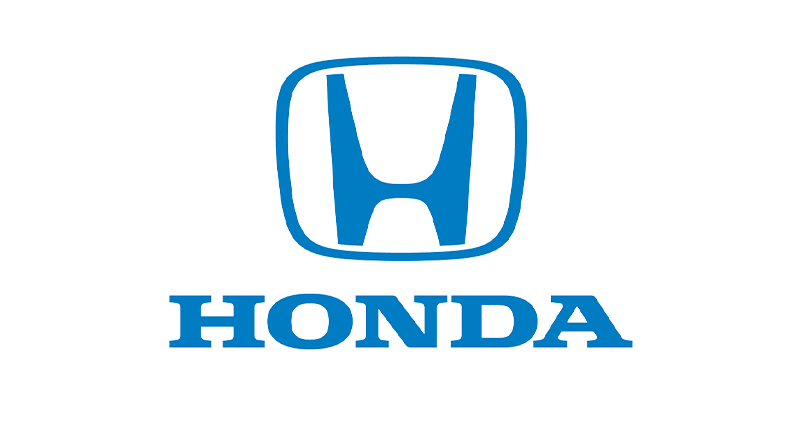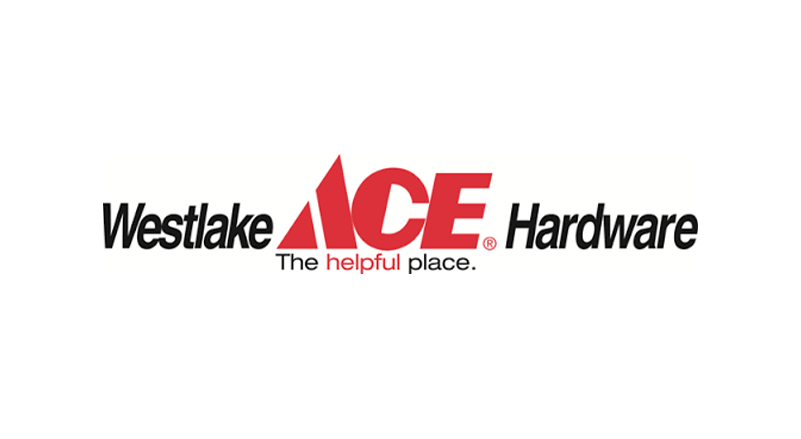The Importance of Lighting Maintenance

Each month, Worldwide Energy Vice President and COO Gaylen Davenport will publish his thoughts on the latest energy-efficient news, products, and trends.
It's often overlooked, but proper lighting maintenance is a large part of reducing utility bills, especially for businesses where lighting accounts for an estimated 20 percent of the total energy used in commercial buildings.
More often than not, many businesses do not have a detailed lighting maintenance policy other than replacing burned-out bulbs. Poor lighting maintenance can lead to visual degradation, reducing worker productivity, and contribute to higher utility costs. Having an effective lighting maintenance policy includes having written procedures, training, management oversight, and inventory control.
Principles of Lighting Maintenance
A cost-effective way to reduce the overall cost of lighting is proper maintenance, which is often overlooked. Lighting levels tend to decrease over time because of aging light fixtures and gathering dust and film on lamps. This can reduce the total illumination by up to 50 percent.
Basic maintenance strategies can include cleaning the fixtures every 6-24 months, replacing lenses if they appear yellow, and considering group light replacement, which can help save on labor costs, keeps illumination high, and avoids stressing ballasts with dying lamps.
The second part of proper lighting maintenance for a business is developing a policy to serve as a guideline, not only for everyday maintenance practices, but for optimizing lighting systems on a year round basis.
The policy should include things like blueprints of the facility, fixture schedules, equipment and service provider contacts, procedures for relamping, and an overview of proper lamp and ballast disposal.
Providing proper training should also be included in a lighting maintenance plan such as cleaning, lamp and fixture replacement, and fixture inspection. Maintenance personnel should also be aware of different lighting types and the relative costs of each in a lighting system. Working with lighting professionals is an added bonus to maintaining knowledge of any new technologies or policy changes.
Replacing Lights and Fixtures
Finally, replacing lights and fixtures is an essential part of lighting system maintenance. There are two types of replacement: spot and group replacement. Spot replacement is replacing lamps as they burn out, and is the most commonly used technique in traditional maintenance programs.
Group replacement is replacing a set of lamps all at once. Many studies have shown that group replacements have higher lamp costs, while spot replacement requires higher labor costs. However, group replacement has a number of advantages over spot replacement including being easier to oversee and schedule.
Lighting systems are a main source of utility costs, and can deteriorate overtime, while continuing to use the same amount of energy. You can reduce utility bills and improve lighting efficiency through proper lighting maintenance.
One comment on “The Importance of Lighting Maintenance”
Leave a Reply
You must be logged in to post a comment.






[…] lighting system can save you time, energy, and hassle. Learn more about the importance of lighting maintenance with these […]